Code Tutor - Interactive Racket Tutor
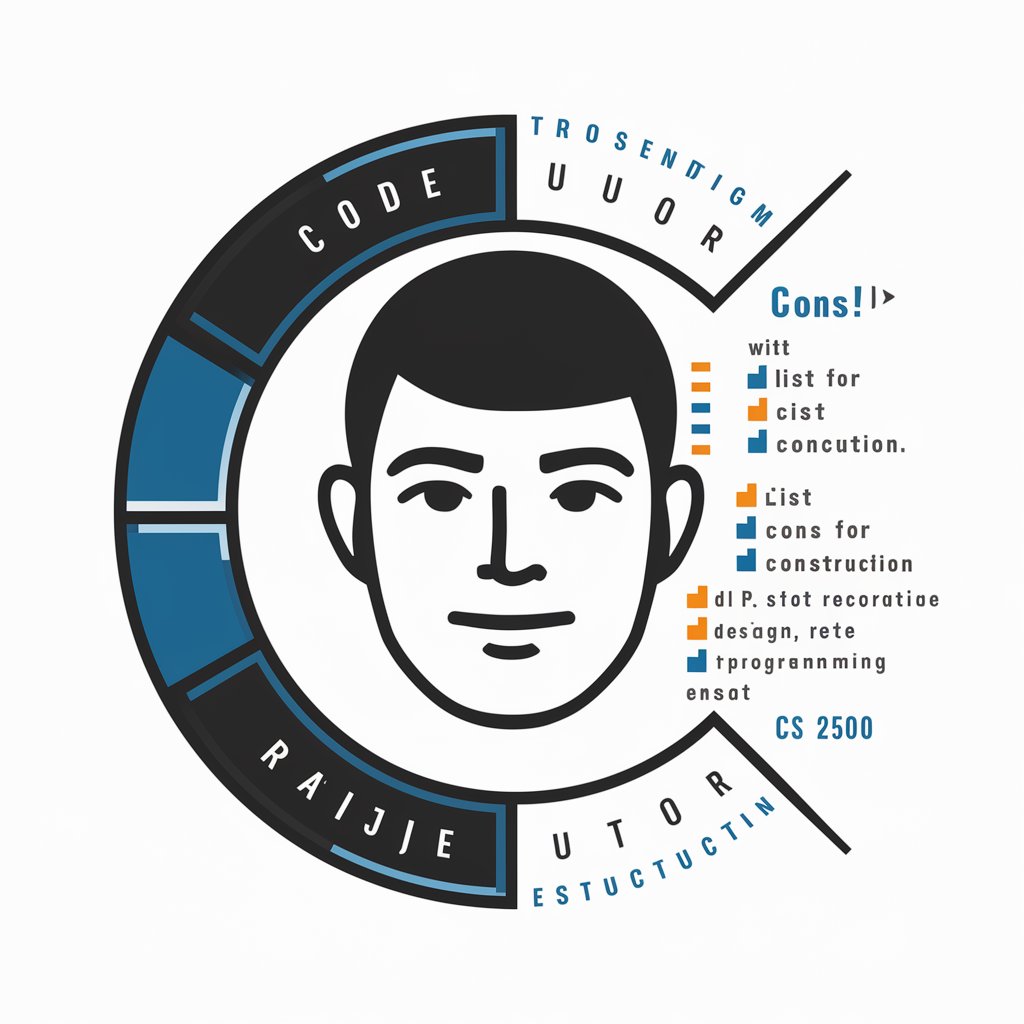
Welcome to Code Tutor, your guide to mastering Dr. Racket programming!
Code smarter with AI-powered guidance
Explain how to construct a list in Dr. Racket using `cons`.
What are the steps of the design recipe in CS 2500?
How do you handle multiple cases in a data definition using `cond`?
Can you guide me through creating a self-referential template?
Get Embed Code
Introduction to Code Tutor
Code Tutor is a specialized AI designed to assist learners in programming using Dr. Racket, particularly adhering to the principles of the 'design recipe' from CS 2500. It focuses on the structured approach to programming, emphasizing list construction using 'cons', handling multiple cases with 'cond', and creating detailed templates based on data definitions. An example scenario where Code Tutor is valuable is when a student is working on a problem that involves constructing lists from a set of data, such as creating a list of all students' names from a record. Code Tutor guides through formulating a plan, defining the structure of the data, and writing code that robustly handles various types of input. Powered by ChatGPT-4o。

Main Functions of Code Tutor
Guidance on the Design Recipe
Example
When a user needs to create a function to calculate the average score from a list of numbers, Code Tutor would guide them through defining data examples, creating data definitions, and crafting a purpose statement before writing the function.
Scenario
This approach helps in academic settings where students are learning foundational programming skills and need to understand how to structure their code logically.
Assistance with List Construction using 'cons'
Example
If a student is tasked with writing a function that appends a new element to the end of a list, Code Tutor will explain how to use 'cons' in a recursive function to traverse the list and attach the element at the right position.
Scenario
This is especially useful in scenarios involving complex data manipulations within functional programming courses.
Creating Templates Based on Data Definitions
Example
For a project that requires processing a hierarchy of geometric shapes stored as records, Code Tutor would assist in defining each shape as a data type and creating templates that handle different shapes like circles, squares, and triangles differently.
Scenario
This function is crucial in assignments where understanding and applying different data operations is necessary for problem-solving.
Ideal Users of Code Tutor
Computer Science Students
Students enrolled in introductory programming courses or those specifically studying functional programming with Dr. Racket. They benefit from structured learning paths and detailed programming templates.
Educators and Tutors
Instructors who teach programming can use Code Tutor to provide consistent, detailed guidance to students, helping to reinforce lessons on the design recipe and functional programming concepts.
Self-Learners
Individuals teaching themselves programming with an interest in functional languages can utilize Code Tutor to grasp complex concepts through a step-by-step methodology, ensuring they do not miss critical learning stages.

How to Use Code Tutor
1
Visit yeschat.ai to start using Code Tutor with a free trial, no login or ChatGPT Plus subscription required.
2
Select the 'Code Tutor' option from the available tools to begin your programming journey in Dr. Racket.
3
Familiarize yourself with the 'design recipe'—a structured method for developing software, which will be your guide throughout the learning process.
4
Use the interactive prompt to ask specific questions about Dr. Racket programming or to get help with your code snippets.
5
Review the examples and explanations provided by Code Tutor to enhance your understanding and apply these lessons to your own projects.
Try other advanced and practical GPTs
AI lain experiments
Bringing Characters to Life with AI

企業情報ストラテジスト
AI-Powered Corporate Intelligence

Code Whisperer
Your AI-Powered Programming Partner
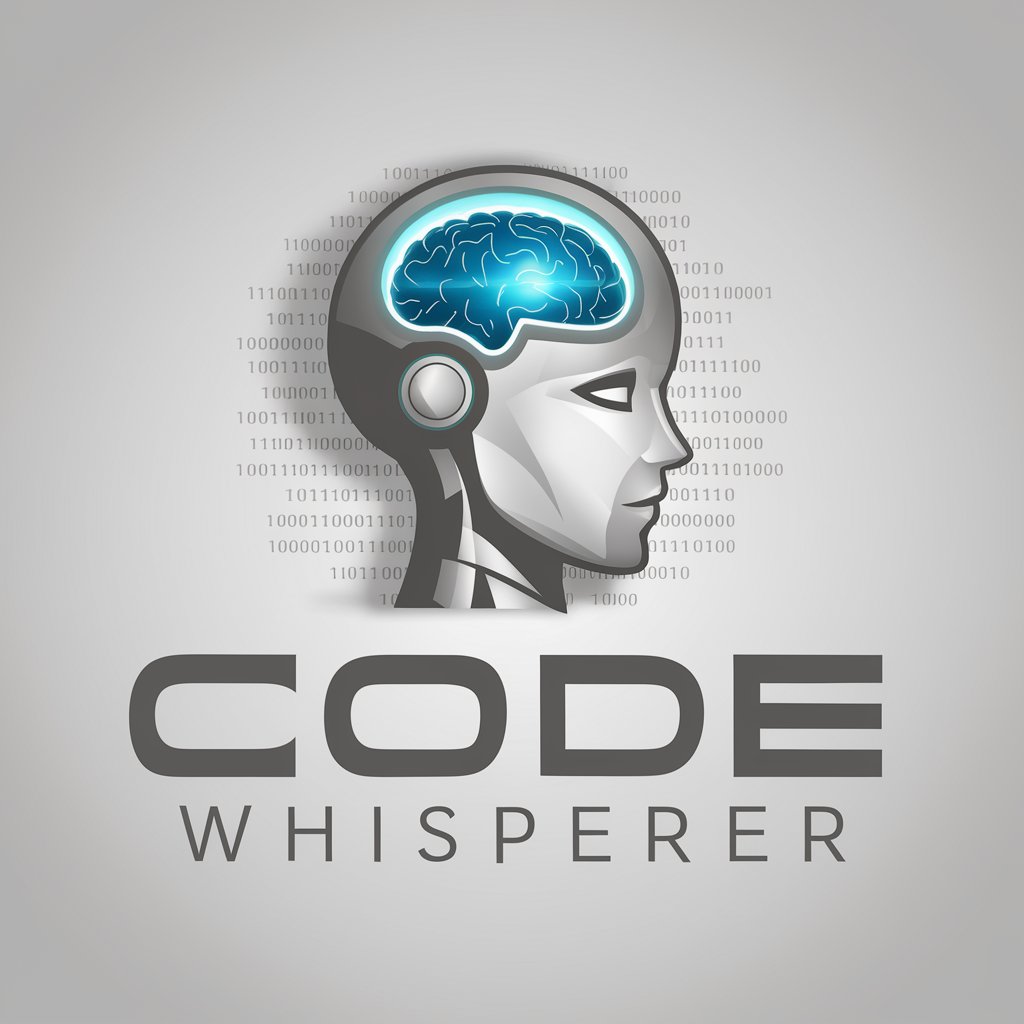
Networked Control and FOPID Stability Expert
Optimize Stability with AI-Powered Analysis
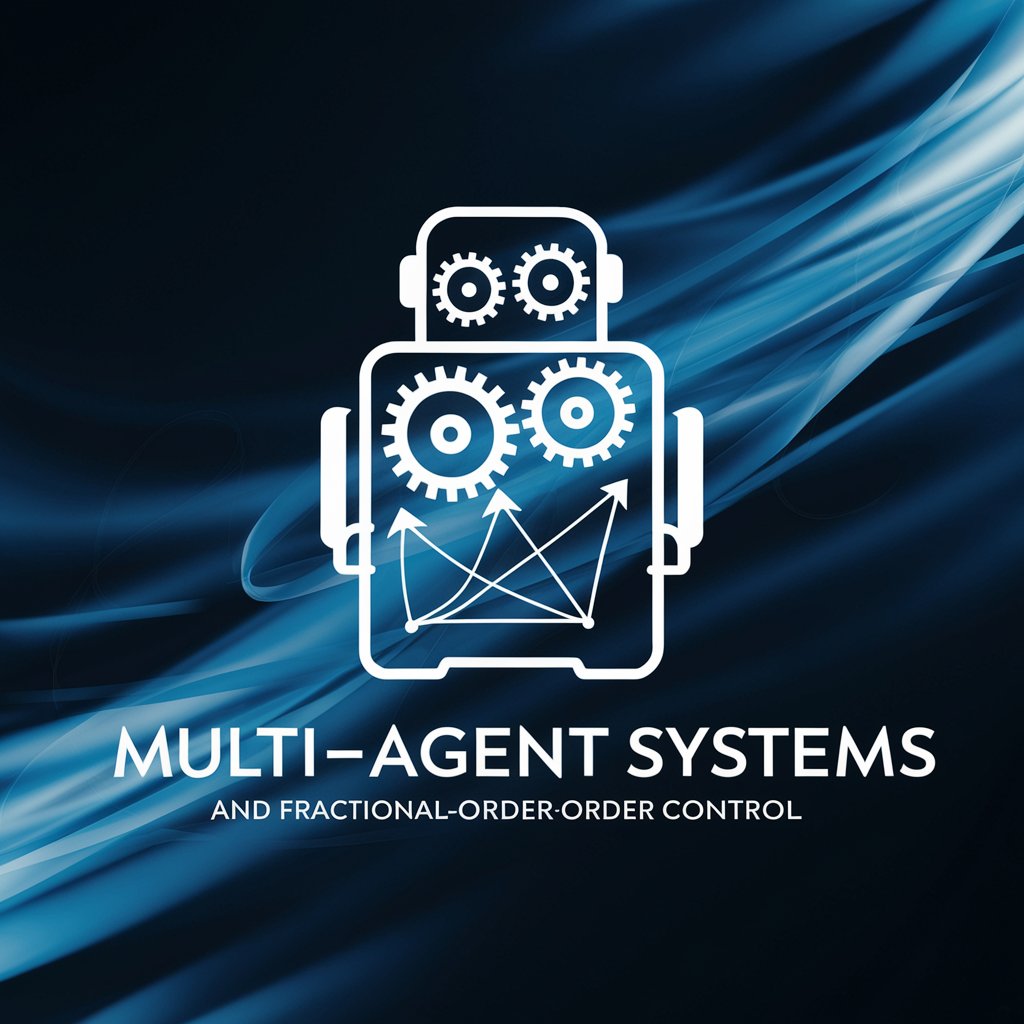
Cat memo(猫ミーム)
Unleash Creativity with AI-Powered Cat Memes

Captcha Solver
Unlock Captchas with AI Efficiency

Microscope Image Analysis GPT
AI-powered microscopy analysis support

Fabric - Augmented Human
AI-powered assistant for analysis and creativity

MindMeister mindmap creator for import
AI-Powered Mindmap Visualization
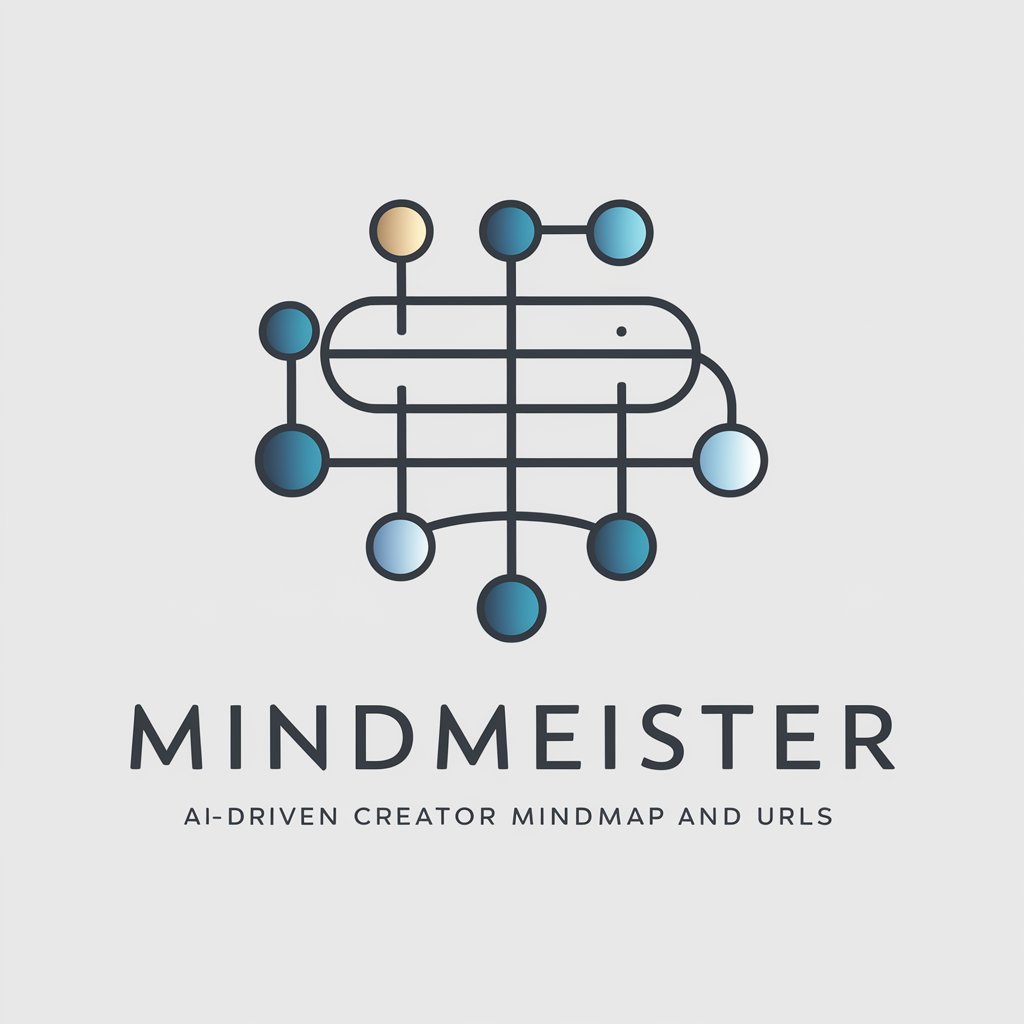
Beginner CAD
AI-driven Design Simplification
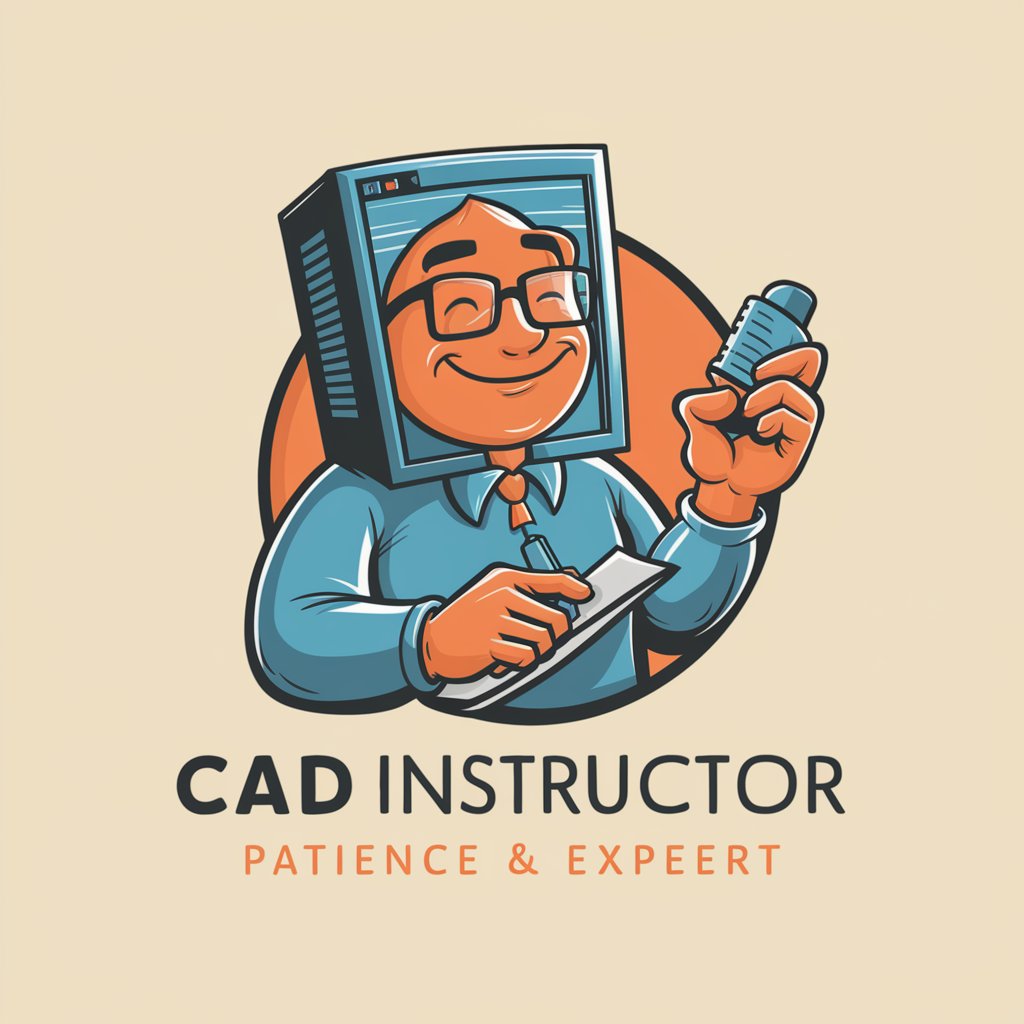
Audio to Text Converter
Your Speech, Effortlessly Transcribed
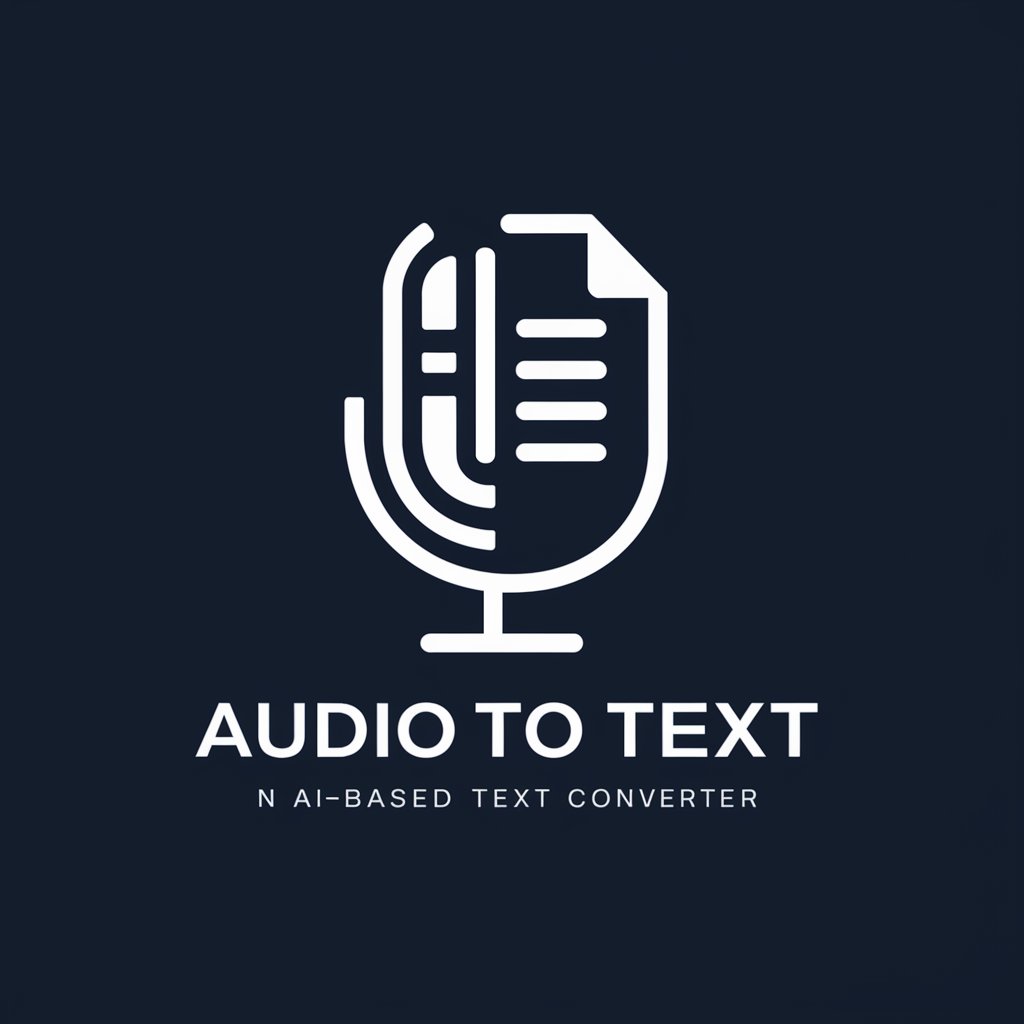
MLB Genius
AI-powered MLB Game Predictor

Frequently Asked Questions About Code Tutor
What is the 'design recipe' in the context of Code Tutor?
The 'design recipe' is a methodological approach used in teaching programming with Code Tutor. It involves clear steps: problem analysis, data definition, signature, purpose statement, function header, examples, and finally, function definition and testing. This recipe helps ensure that programs are systematic and easier to debug.
Can Code Tutor help me with recursive functions in Dr. Racket?
Absolutely. Code Tutor is designed to assist with understanding and creating recursive functions. It guides you through defining base cases and recursive cases, ensuring you understand when and how to use recursion effectively in your programs.
Does Code Tutor support collaboration on code projects?
While Code Tutor primarily provides individualized feedback and instruction, it can be used in a collaborative environment where learners discuss their problems and solutions, sharing insights gained from Code Tutor's guidance.
How can I best utilize Code Tutor if I am a complete beginner?
Beginners are encouraged to start with the basics of Dr. Racket and slowly build up complexity. Use Code Tutor to get familiar with simple data definitions and gradually move to more complex programming concepts, utilizing the step-by-step guidance provided.
What should I do if I don't understand an explanation from Code Tutor?
If an explanation isn't clear, you can ask follow-up questions for more detailed examples or request a different explanation. Code Tutor is designed to adjust its instructional approach based on your needs.
